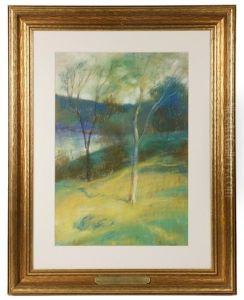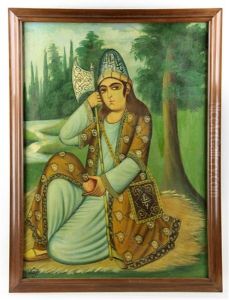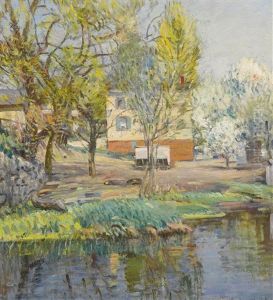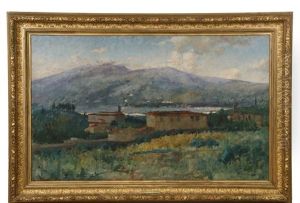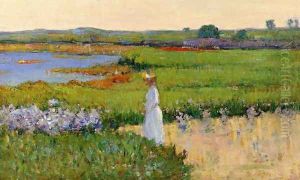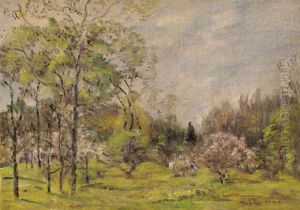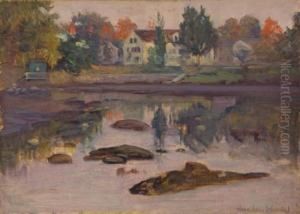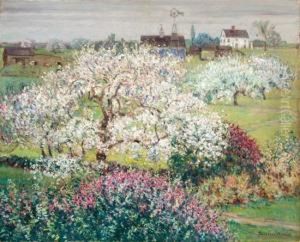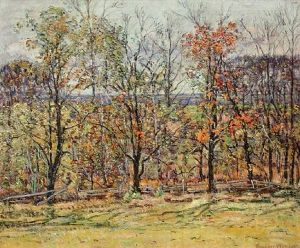Theodore Wendel Paintings
Theodore Wendel was an American artist known for his contributions to Impressionism, a movement that emphasized light and color through short, broken brushstrokes. Born in Midway, Ohio, Wendel developed an interest in art at a young age. His talent and passion for painting led him to pursue formal education in the arts, which began at the Cincinnati Art Academy. He furthered his studies in Europe, a common practice among American artists of his era seeking to refine their skills and absorb the rich artistic traditions of the continent.
Wendel's time in Europe was transformative. He studied at the Royal Academy of Fine Arts in Munich, Germany, where he was exposed to various styles and techniques that would influence his evolving artistic vision. However, it was his encounter with Impressionism in France that left a lasting impression on his work. He spent significant time in Giverny, a village famous for being the home of Claude Monet, one of the founders of French Impressionism. The experience of living and working in Giverny, alongside other American Impressionist painters, profoundly affected Wendel, leading him to adopt and adapt Impressionist techniques to his own work.
Upon returning to the United States, Wendel settled in the Boston area, where he became a key figure in the American Impressionist movement. He was known for his landscapes that captured the unique qualities of light and atmosphere, often focusing on scenes from the New England countryside. Wendel's paintings were characterized by their vibrant colors, energetic brushwork, and ability to evoke the transient effects of light on nature.
Throughout his career, Theodore Wendel remained dedicated to the principles of Impressionism, even as artistic trends shifted. His work received critical acclaim and was exhibited in numerous shows, including those of the Boston Art Club and the Pennsylvania Academy of the Fine Arts. Wendel's legacy is that of a pioneering American Impressionist who helped to introduce and establish the movement in the United States. His paintings continue to be celebrated for their contribution to the development of American art and their enduring beauty.

